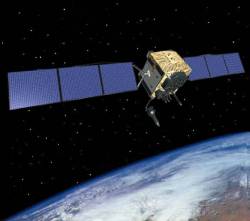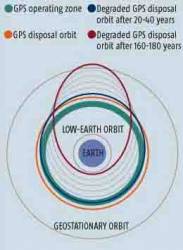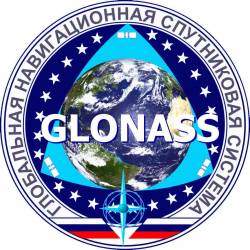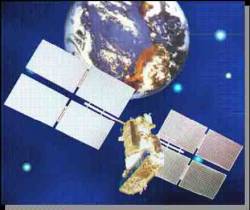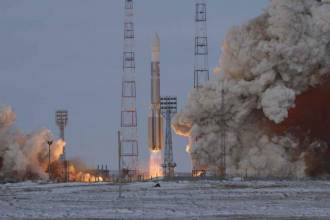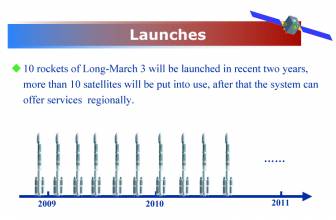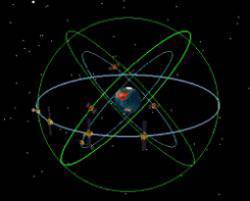_ULA_lo.jpg) Block IIR-20(M) launch from Cape Canaveral. Photo by Carleton Bailie, United Launch Alliance.
Block IIR-20(M) launch from Cape Canaveral. Photo by Carleton Bailie, United Launch Alliance.
GPS program managers and users — especially the U.S. civil aviation community — can breathe a sign of relief following the successful launch Tuesday (March 24) of a satellite carrying a demonstration payload of the new L5 signal.
Built by the Lockheed Martin Company, the modernized Block II replenishment spacecraft, GPS IIR-20(M), is moving toward plane B, slot 2 to replace space vehicle number (SVN) 30. If all goes well, U.S. Air Force controllers expect to set the satellite healthy for navigation users worldwide next month.
Among other signals and capabilities, the IIR-20(M) will be the first to transmit the new GPS civil signal centered on 1176.45MHz (±12 MHz) within the protected aeronautical radionavigation service (ARNS) band. This so-called L5 signal will provide a second safety-of-life signal that meets the technical requirements for enabling aircraft to make precision landings in high multipath environments.
Read More >
By Inside GNSS
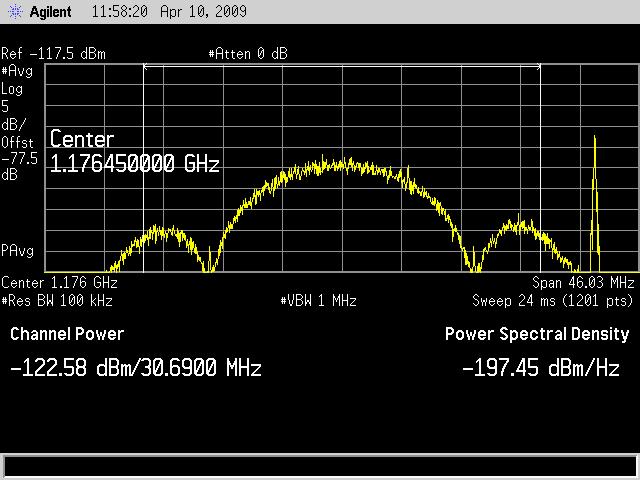 Time Series and Power Spectrum of the L5 Demonstration Signal
Time Series and Power Spectrum of the L5 Demonstration Signal
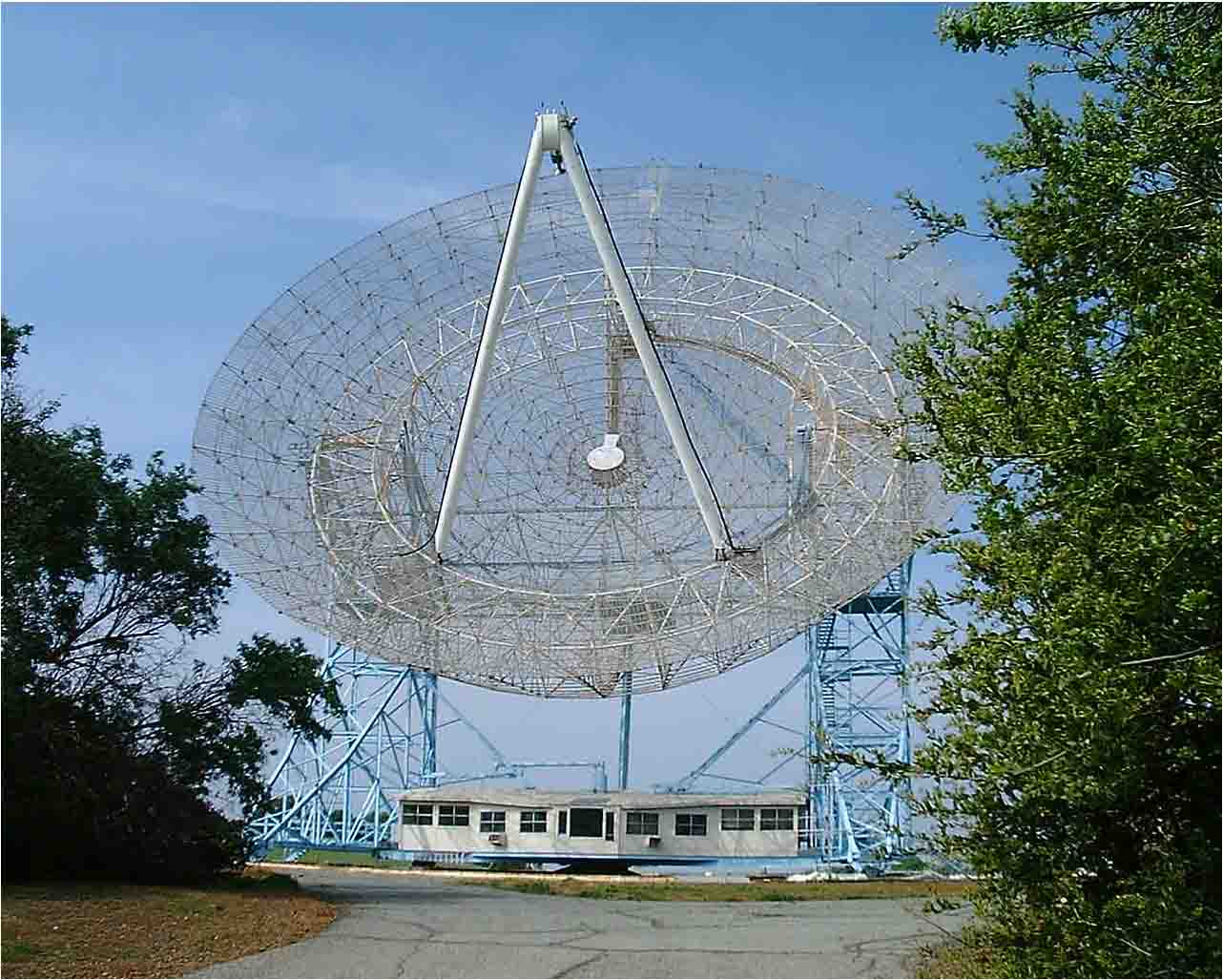

_ULA_lo.jpg)


